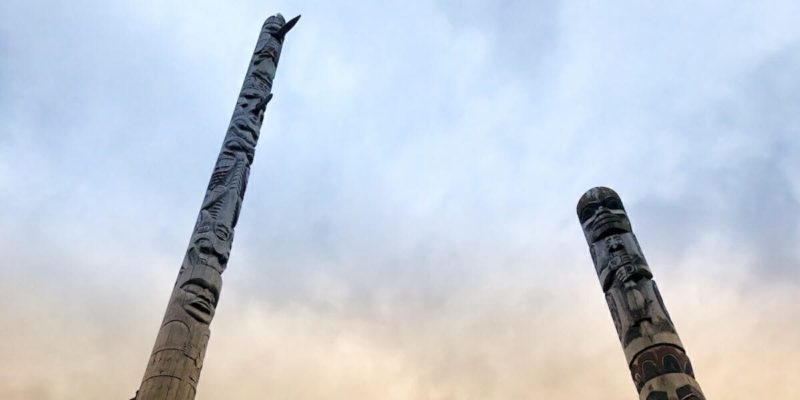I live, work and play in Kingston, Ontario.
When the first Europeans began to arrive in Southern Ontario in the early 1600s, the north shore of Lake Ontario and the area originally known as Katarokwi (Kingston) were a shifting home to both the Huron-Wendat Peoples and the Haudenosaunee (pronounced: Hoe-den-oh-‘show-nee) people of the Five Nations/Iroquois confederacy. These peoples spoke related Iroquoian languages.
Alongside these peoples, in a broad band running from modern-day Quebec, along the St. Lawrence, around the Great Lakes and into what is now Northern Ontario, Michigan, Manitoba, Saskatchewan, and Minnesota, lived the Anishinaabek (pronounced: A-nish-in-‘a-beg). This name means ‘Original People’ or ‘Good People’ in the Anishinaabemowin language.
I acknowledge and thank the Anishinaabe and Haudenosaunee for allowing me to live, work and play on their lands.
I acknowledge territory to show recognition of and respect for Aboriginal Peoples, and to recognize their presence both in the past and the present. I recognize that:
- Acknowledging territory is only a small part of cultivating strong relationships with the First Peoples of Canada.
- Acknowledging territory and First Peoples must take place within the larger context of genuine and ongoing work to forge real understanding, and to challenge the legacies of colonialism.
- A territorial acknowledgements must not be treated as a pro forma statement made ahead of the “real business”; it must be understood as a vital part of the business.
I often promote access to education throughout this site and my other online activities; I recognize the connections between and effects of ongoing colonialism and access to beneficial, empowering and culturally appropriate education in Ontario.
“Since every academic institution sits on Indigenous land, ultimately, the institutions exist because Indigenous people were first dispossessed.”
Devon Mihesuah

